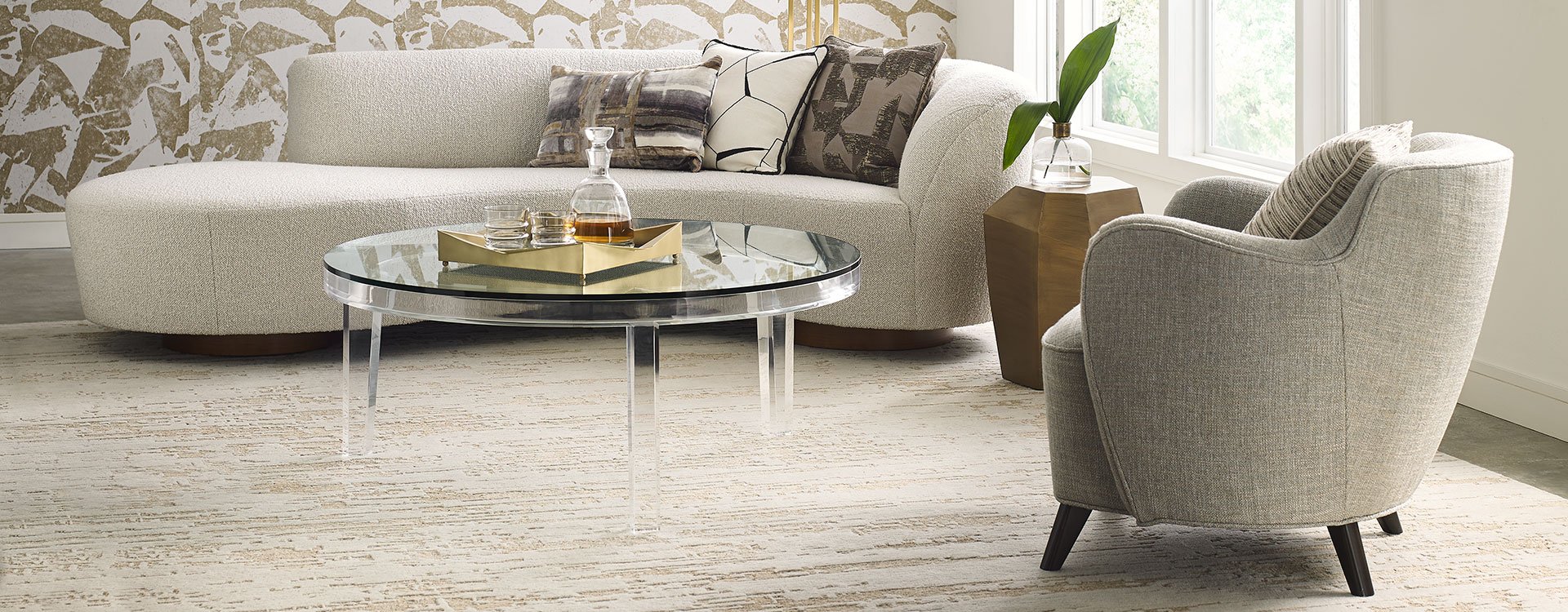It’s a shame so many consumers get confused by the difference between markups and profit margins – as do not a few business owners. The difference between a 100% markup versus a 50% margin is vast. Yet, it is often impossible to explain it in ways that the average person understands that your profit margin is not really two times what you paid but merely half the selling price. Further, that bit of profit above the cost of merchandise must then be used to cover the overhead incurred by running your business: salaries and benefits, rent, utilities, insurance, training, investing in new products, the list at times seems endless!
Too often, if a potential client learns of such a markup they will scream, “That’s a 100% profit” and run as fast as they can from you, leaving you in their dust like the Road Runner does to Wile E Coyote!
On the other hand, finding ways to protect and increase profit margins whenever possible is critical to the success of your business, whether you're an interior designer or luxury furnishings dealer.
These thoughts came to us thanks to a recent article at the Business of Home website titled, “Stocking dealers get better pricing on product. Here’s how you become one.”
Becoming a Stocking Dealer will Increase Profit Margins
“The discounted pricing trade brands offer designers allows them a better margin on the products they place in their projects. But many companies also offer an even deeper discount – one that comes with more strings, but that can radically transform [your] firm’s bottom line.”
Or, more simply, the more you buy the better your price. This means, by stocking the furnishings you most often place in your client’s homes in your showroom, making them available for immediate delivery, will get you deeper discounts.
While this is a fairly standard practice for furniture dealers, interior designers may find it difficult to alter their order-as-you-go business model. However, there are many perks to becoming a stocking dealer beyond potentially realizing an exponential return on investment.
Benefits of Becoming a Factory Direct Product Dealer
The benefits of building these more direct relationships with your vendors will often include much more than deeper discounts on their products. These may include improved access to “ [fabric] swatches, samples, and detailed product questions, [and] access to a vendor’s internal online product catalog so [you] can instantly check price lists, see if items are in stock, and monitor shipments.” And, as the article explains … Wait, there’s more!
Setting up Your Space – Before pursuing any sort of partnership with a brand, most designers must overcome one major hurdle: the retail space. Stocking dealer relationships are typically contingent upon a designer owning a physical shop or showroom where products can be displayed and sold. It makes sense: Brands are investing in their retail partners by offering better margins in exchange for sales floor exposure and a resulting increase in orders.
Getting A Foot in the Door – After you’ve pinned down your brick-and-mortar strategy, the next step to landing that coveted stocking dealer partnership is meeting with the vendor’s regional sales representative, who acts as a gatekeeper. Home furnishings trade shows like High Point Market are a good place to begin putting a face to the names behind promising brands.
Making a Deal – While setting yourself up for success and courting the right brand are key to the process of netting a brand partnership, there’s another crucial step to take before inking a deal: Doing your due diligence to make sure that the brand is a fit for you. Then, it’s time to hammer out the terms of the financial arrangement, including a minimum opening order and requirements for annual spending.
The Payoff for Dealers – Though each brand’s approach to signing a stocking dealer varies widely, there’s a benefit to that as well – designers have space to negotiate a partnership that best fits their business. With a basic knowledge of how the process works and a willingness to go out and hustle, you’re already on your way.
Needless to say, there are other ways for designers to increase profit margins on product sales. If you are curious about what some of these might be, Ted is available for business consulting to help. Simply Get in touch with TD Fall today.













